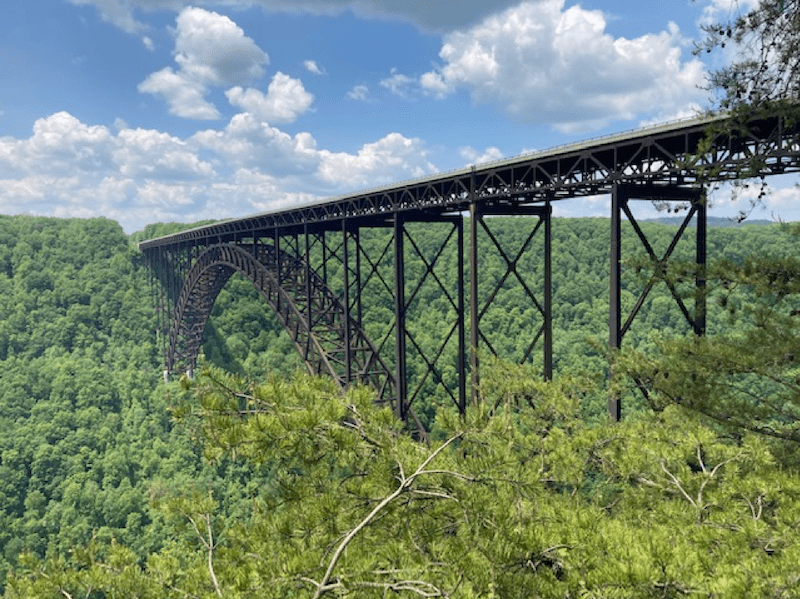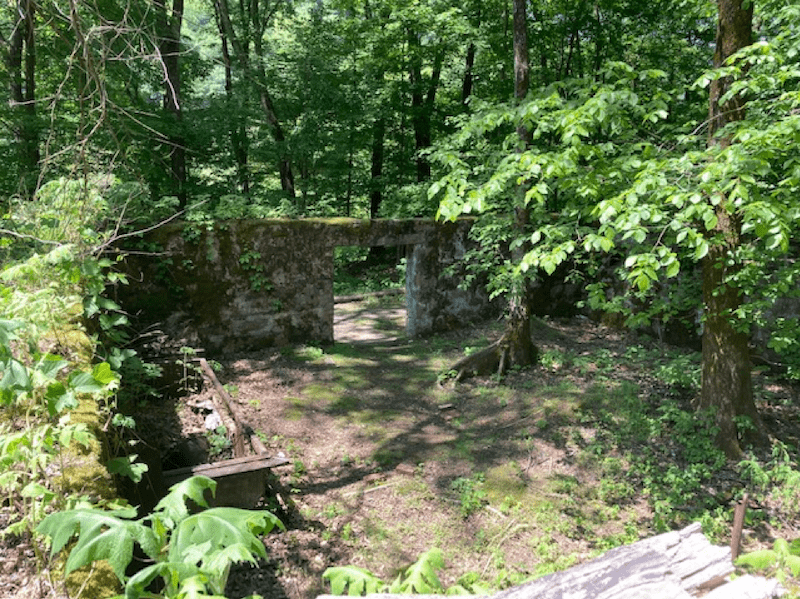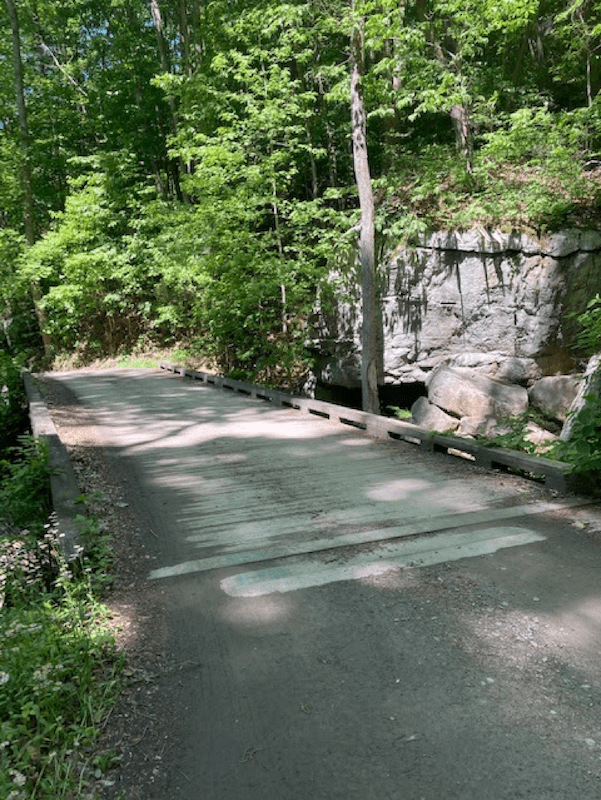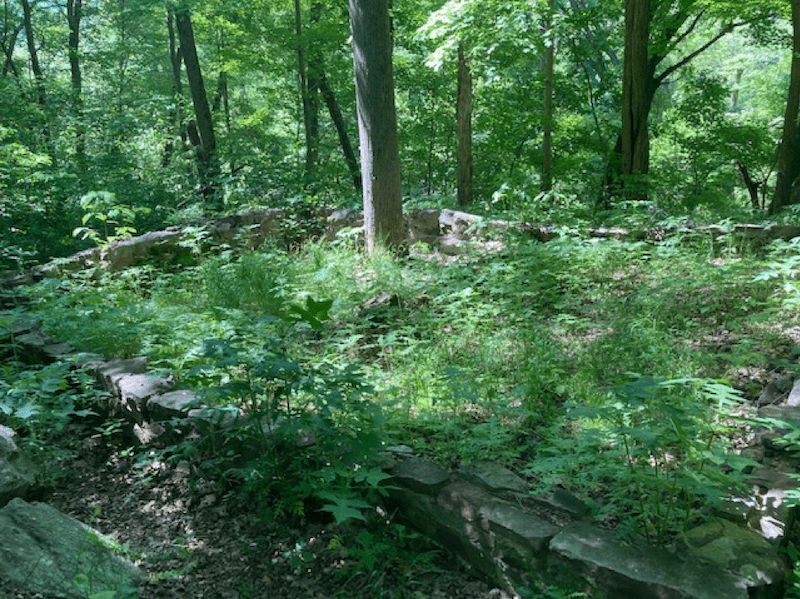Across the Bridge
Written by: Jessica Lynch

5/17/21 – 5/31/21
The newest National Park, New River Gorge in Glen Jean, West Virginia is known for its views of the longest steel span bridge in the western hemisphere. The gorge forged by the New River, the second oldest river in the world, was ripe with booming mining towns that popped up in the region from the 1870s onward. Hundreds of bridges were built to connect land masses between the river and its creeks. With a closer look, however, the landscape reveals that some bridges were meant to divide.
The town of Nuttalberg was a typical mining town along the gorge. Miners had an integrated workday: African American and white miners would work side by side in dangerous conditions. Miners would get paid company scrip- a form of currency that could only be used at the company store, owned by their boss. Despite this experience during the day, mining towns were still segregated. Churches and schools that served the African American families would be placed in less desirable locations, like further from the company store and closer to the loud railroad tracks while the school and church for the white residents would be placed atop higher land.

A small bridge spanning the Short Creek divided the African American and white communities in Nuttallburg. A modern exploration of the area would prove it hard to imagine a once loud and bustling community that is now overtaken by new growth trees and invasive flora.

Today, the ruins remain of the structures built to accommodate the workers who defined the region and fueled America’s industrial revolution. Nuttallburg serves as a compelling potential archaeological site that could show how employees of the same company with access to the same company store would produce varying or similar waste practices based on their race by uncovering their history in the soil. As visitors cross the small bridge, they are asked to think about what the bridge represents, especially the lasting implications experienced today.


Good stuff!